Unveiling CRED’s Revolutionary UX Design Journey: From Good Design to Great Salesmanship
With our recent UX Cover Story you will find how CRED has revolutionized Indian Fintech ecosystem and reflects a true example of “Good Design to Great Salesmanship”, a similar article you may find in our recently published user experience article in fintech, highlighting the importance of UX design services It very well translates the idea of Fin-tech to Fin-ex.
Experience is an outcome of technology, and experience is what matters to users, not technology.
CRED was rolled out in 2018, identifying 3 biggest pain points of a credit card holder being:
- Hidden charge
- Late fees due to forgetfulness
- Extra interest
The design system implementation simplified and made it easier to go through statements to find out hidden charges on each credit card. It extensively works on altering the behavioral design of society, and its anticipation makes it a billion-dollar company, showcasing the power of UX design services. They did this by using a super-efficient design system.
CRED became the first-ever fintech application to have a fully functional neuromorphic design. The brand rolled out Copper, a new design system inspired by Neumorphism.
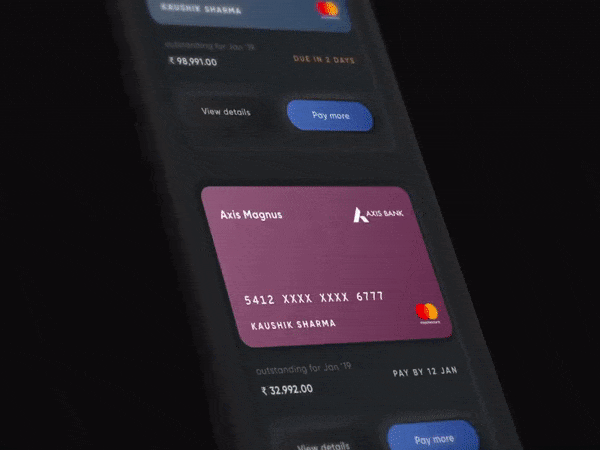
Neumorphism is a product of Skeuomorphism – it is the practice where UX designers mimic real-life counterparts of an object. A commonly used example is the icon for recycle bin in Windows PCs, which is portrayed as a real-life trash can.
However, CRED focused on realizing more than just a “lifeless representation” of credit cards; it created impressionistic style, playing with light and shadow. It worked on creating a digital experience inspired by the material world: color palettes, shadows, and subtle contrast – to create depth and make the interface realistic. The Neumorphic style used creates the illusion of depth by the play with shadows and color to differentiate the different elements as you will see in the visual attachments.
One of the major topics for speculation and much revered design philosophy introduced by Cred being “Form as a function.” Furthermore, Illustrators or Graphic designers are equally important as UX/UI Designers and in no case User Experience holds more importance than User Interface.
CRED has given a lot of importance to Aesthetics, they are also critiqued by the design fraternity for umpteen UI no UX; makes no sense! Nevertheless, it brings the product under the elite category.
The first screen that a potential member experiences is Simple, subtle, yet informative – it talks capability of the product without overwhelming the user.
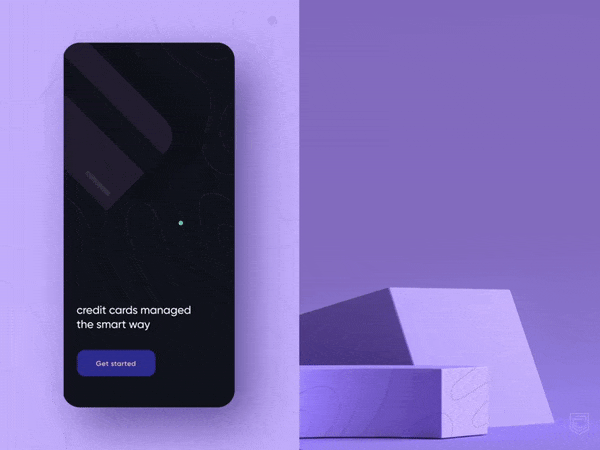
Cred Wallet: Comfort in Ownership
CRED is built keeping in mind your love for your cards. “People feel firmly attached to a screen that is an actual representation of what they have.” Therefore, card listing looks like actual cards.
CRED Avatars
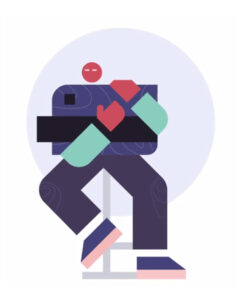

Informative Screens
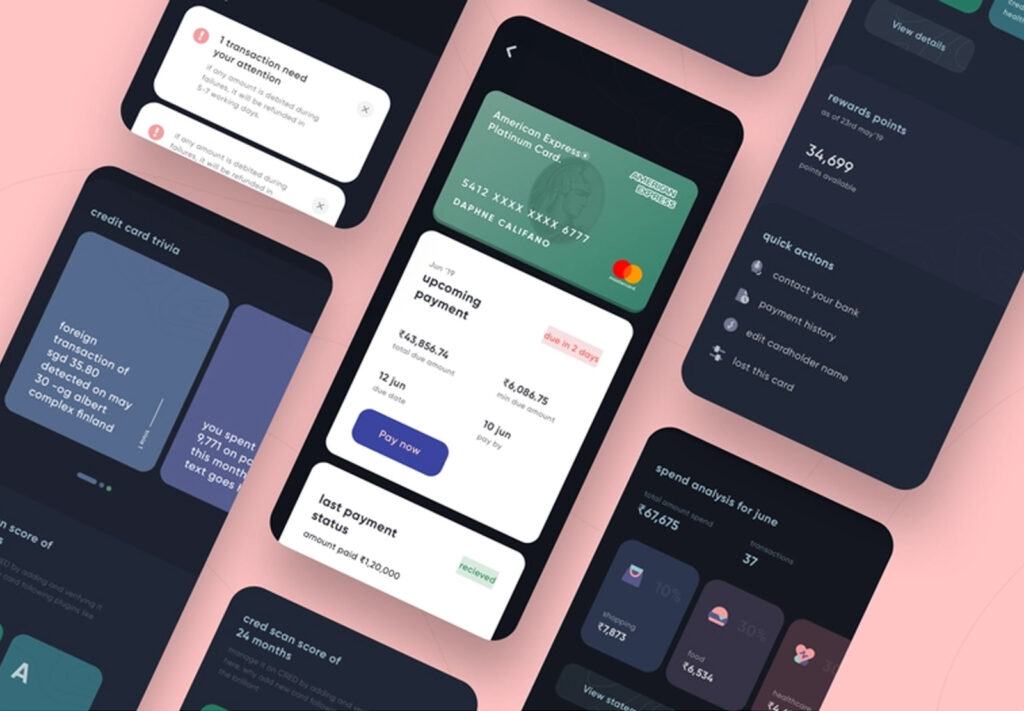
It gives the user all the credit-related details at one place in more episodic and segregated way possible. Addition of action cards under “card control” panel, provide updates on card payment cycles, last/previous payments, next due dates, etc.
Assisted Best Actions (ABA) Framework
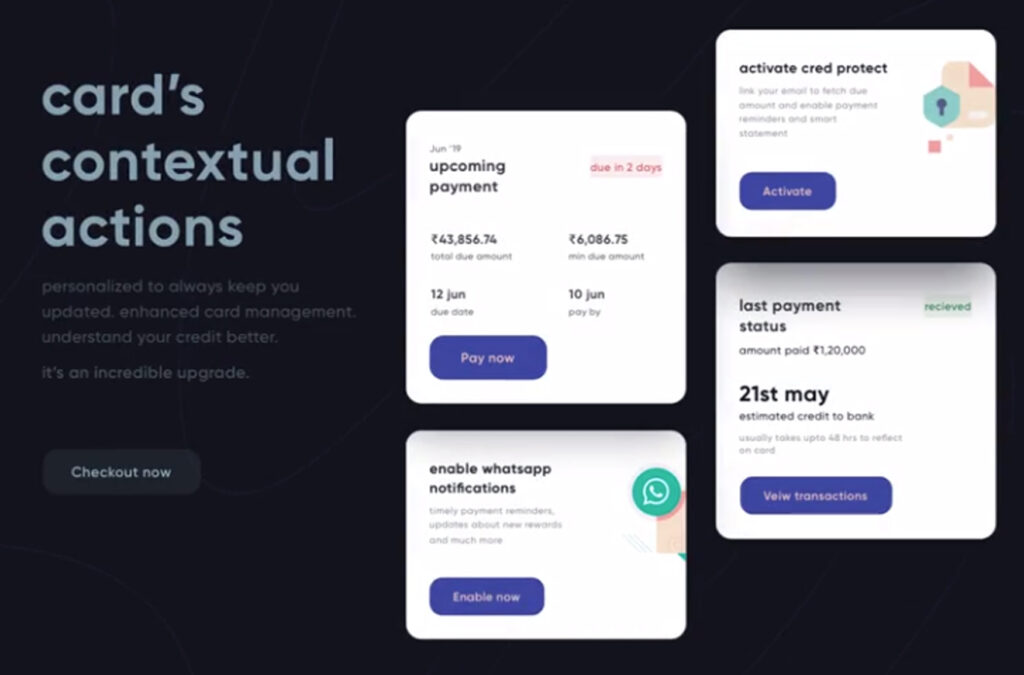
ABA framework is a rapid, iterative, user-centric approach that considers multiple plausible actions that could be taken for a specific user and then decides on the best one to provide. The framework requires automated self-learning decisions using machine learning, to assist a decision in real-time.
In CRED, payments being the heart of the app experience, the payment experience is reimagined using Assisted Best Actions framework (ABA) – for each due credit card bill, an ABA card appears on the home screen, offering a two-tap payment experience to the user. The user experience is simple, elegant, and efficient, showcasing the expertise of top design agencies. The assisted best actions framework keeps users updated and conscious of their credit behaviors.
Neumorphism
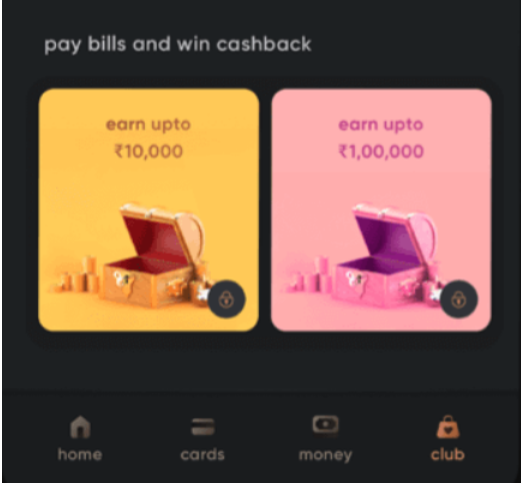
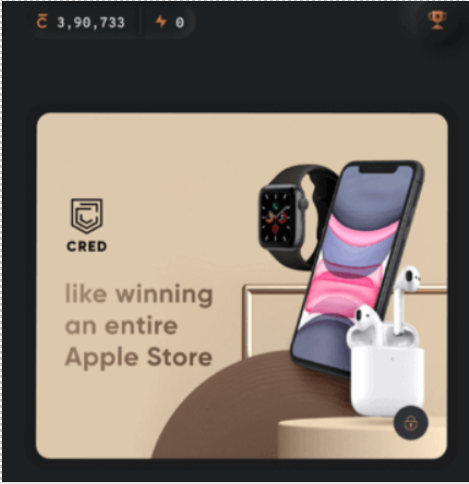
They use shadows and the illusion of depth to differentiate the different elements, staying true to the basics of UX design. CRED experimented intensively and brought together a mix containing the best of both worlds – flat icons and minimalistic UI and skeuomorphism.
Copper – CRED’s Solution
CRED, in collaboration with top design agencies, unveiled Copper in April 2020, after having worked for over 18 months. The new design system reimagines the user experience based on the data gathered from the early users. Copper as a design system is aimed at assisting CRED in service expansion beyond credit card payments to a variety of lifestyle and money management products.
Copper provides flexibility in supporting neumorphism, which results in experimentation and wanting to challenge themselves to give a unique experience to their users, as mentioned in their blog. They understand the challenges that the UX design community is facing and are working towards making Copper completely open-source, making the tools for a working Nuemorphism product available for everyone.
Closing Thought!
All in all, while the use of neumorphism has polarized the design fraternity, CRED has provoked love, shock, and awe!
How Can Worxwide Help You?
Worxwide Consulting is a top management consulting firms that help companies drive digital growth by improving user and customer experience. We help companies with end-to-end product design or UX design services that include research, strategy, design, test product designs, and prototypes. Worxwide is based out of the US, UK, and India offering bid consulting, sales transformation, user experience, and customer experience design services. Book your Free Consultation with our experts Right Now!
**Image Source: Cred Design Team via Dribble
Objective of the publication: To unveil great UX stories and share best practices in the industry on how the market is leading from design to demand. The story published is not paid or influenced in any form; but simply inspired by good UX.
tx, USA

London, UK

India


